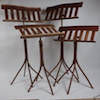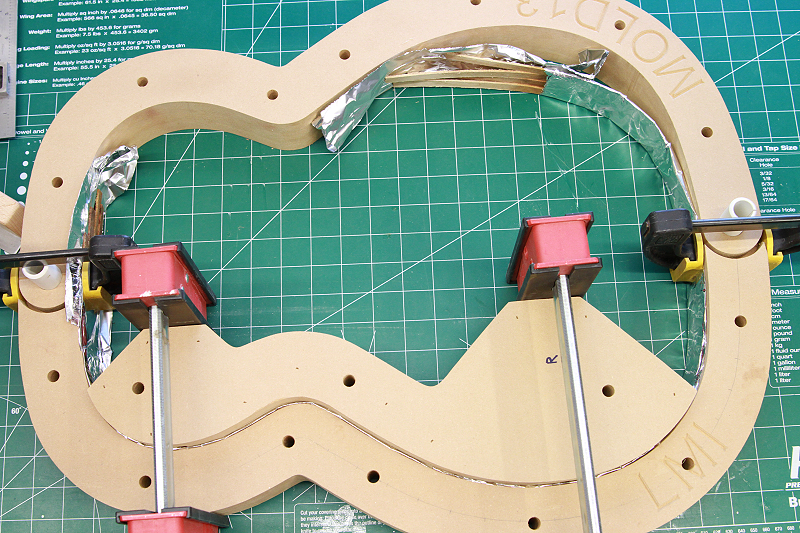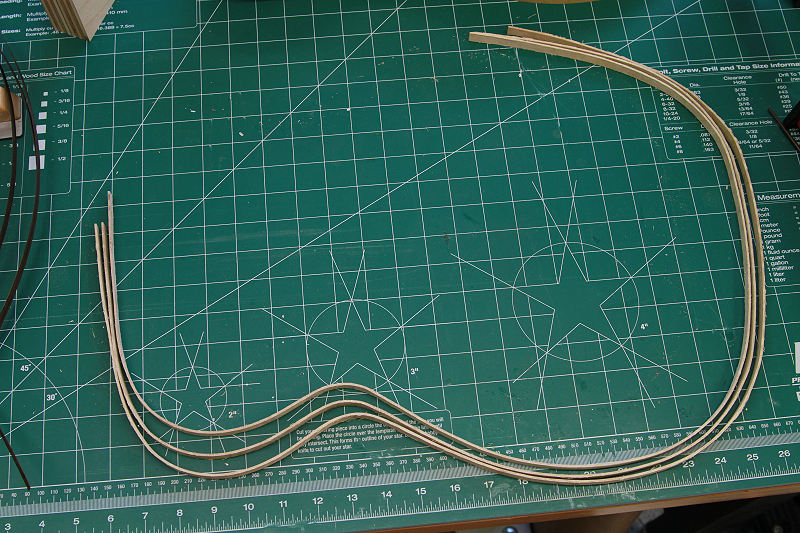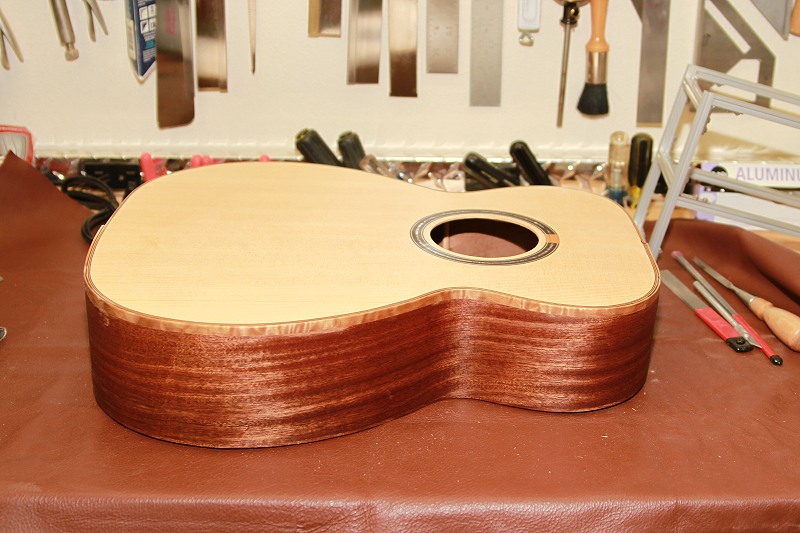I have been trying to steam bend into a half hourglass shape 1/10" X 2" strips of sapele with little success. The Earlex steam bender is attached to a steam bending box made of cedar fence pickets. The box is not too large as to require a second steamer. The strips have been steamed from 12 to 30 minutes with the same result of a very slight curve. It is kiln dried lumber which sets the lignin but understand it is still doable with a longer steam time. One thing I have wondered about is if the cedar the box is made of is absorbing a lot of the moisture from the steamer since the sapele comes out of the box hot but dry. The box is well sealed but some condensation does drip out the bottom. This has been one of my more frustrating woodworking experiences and any advice would be appreciated.





 Reply With Quote
Reply With Quote







